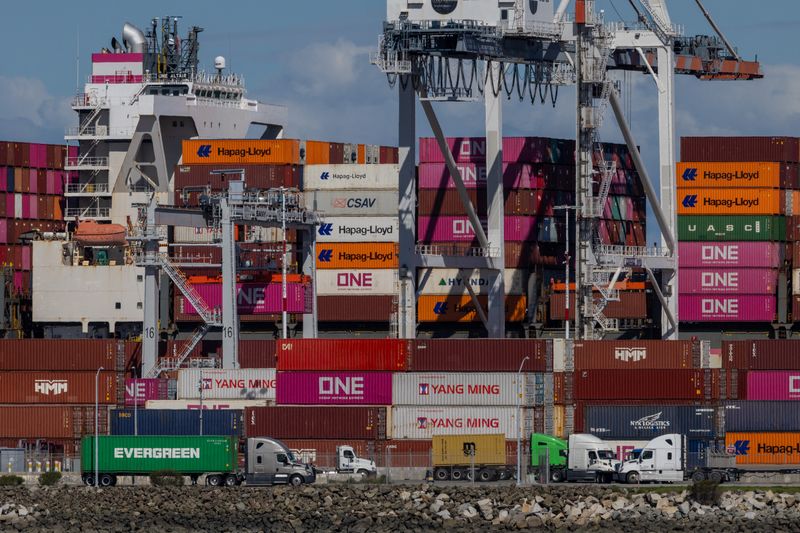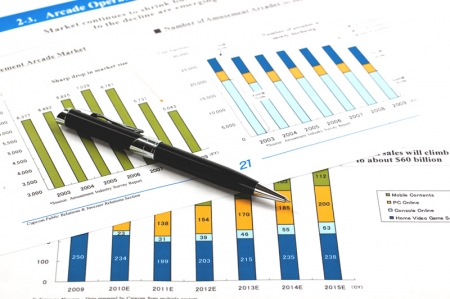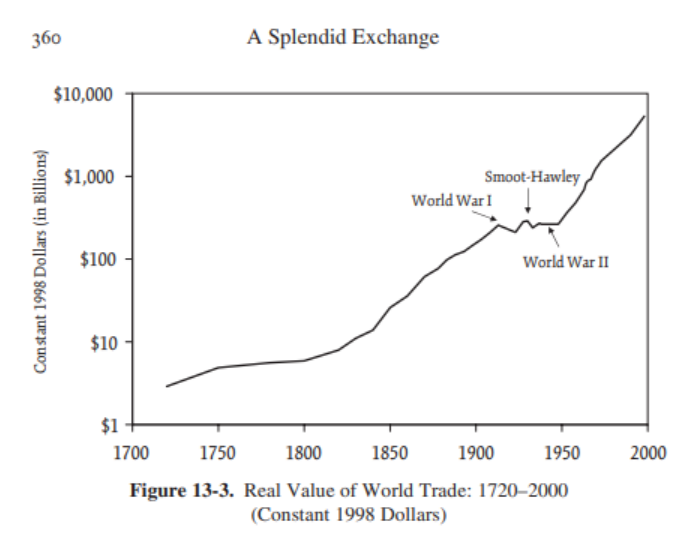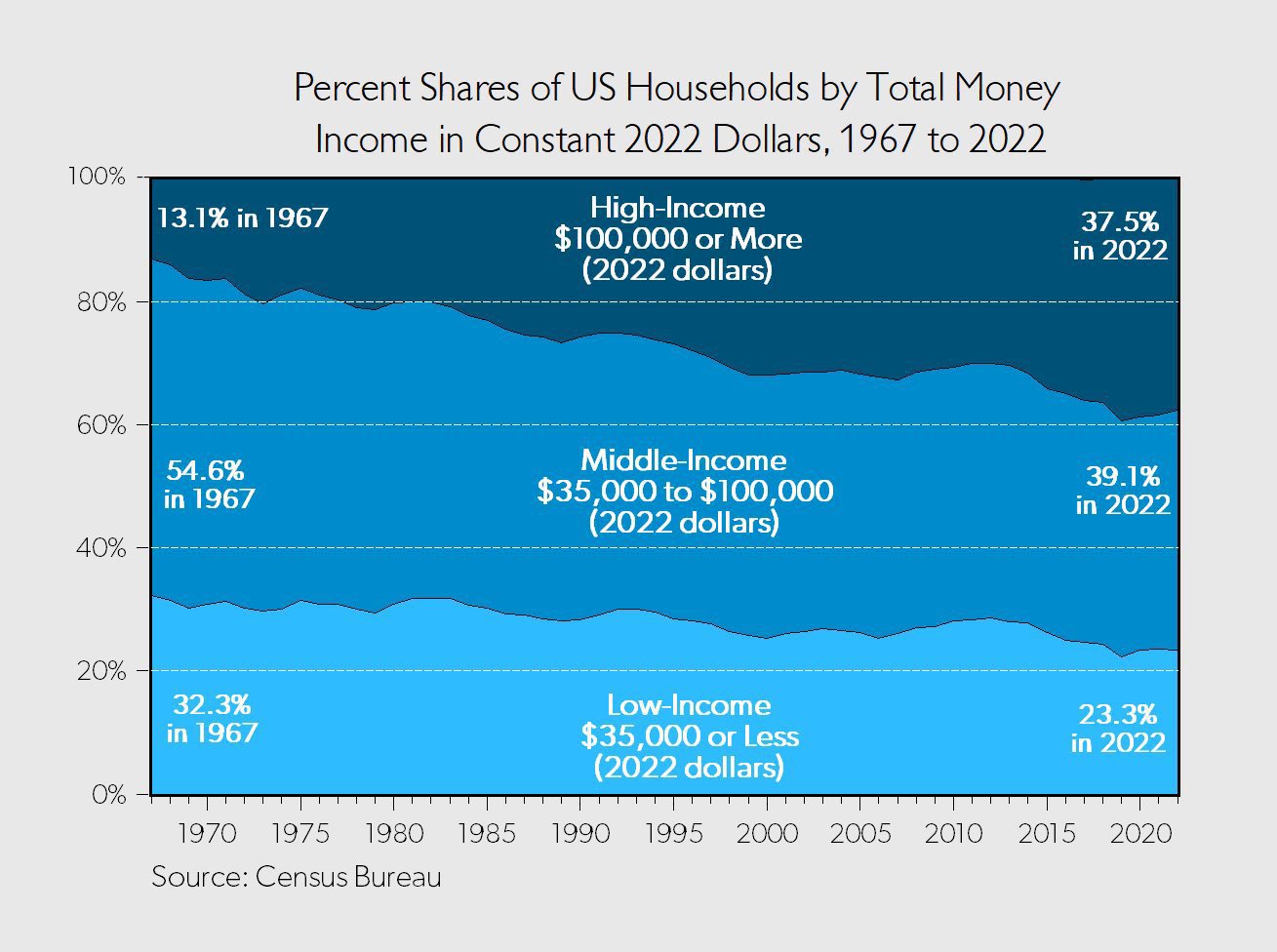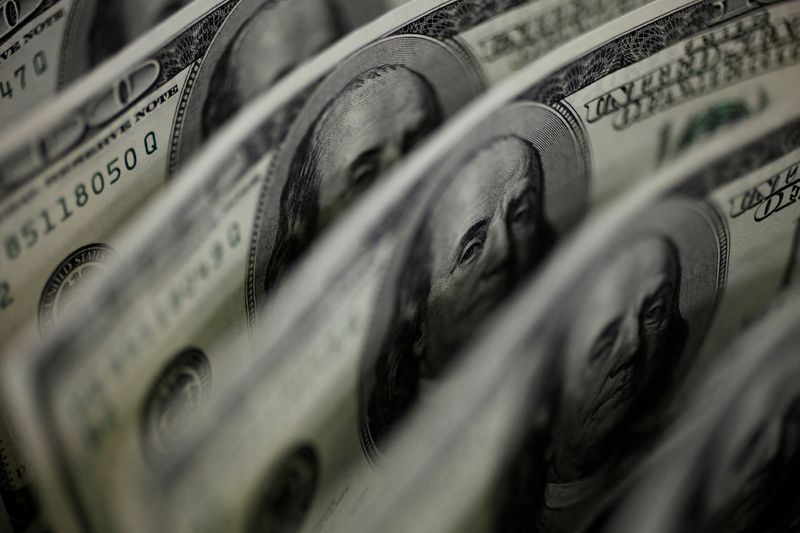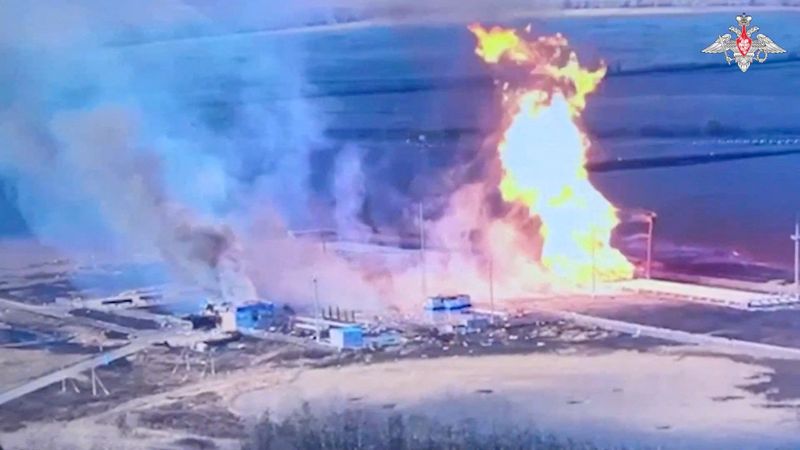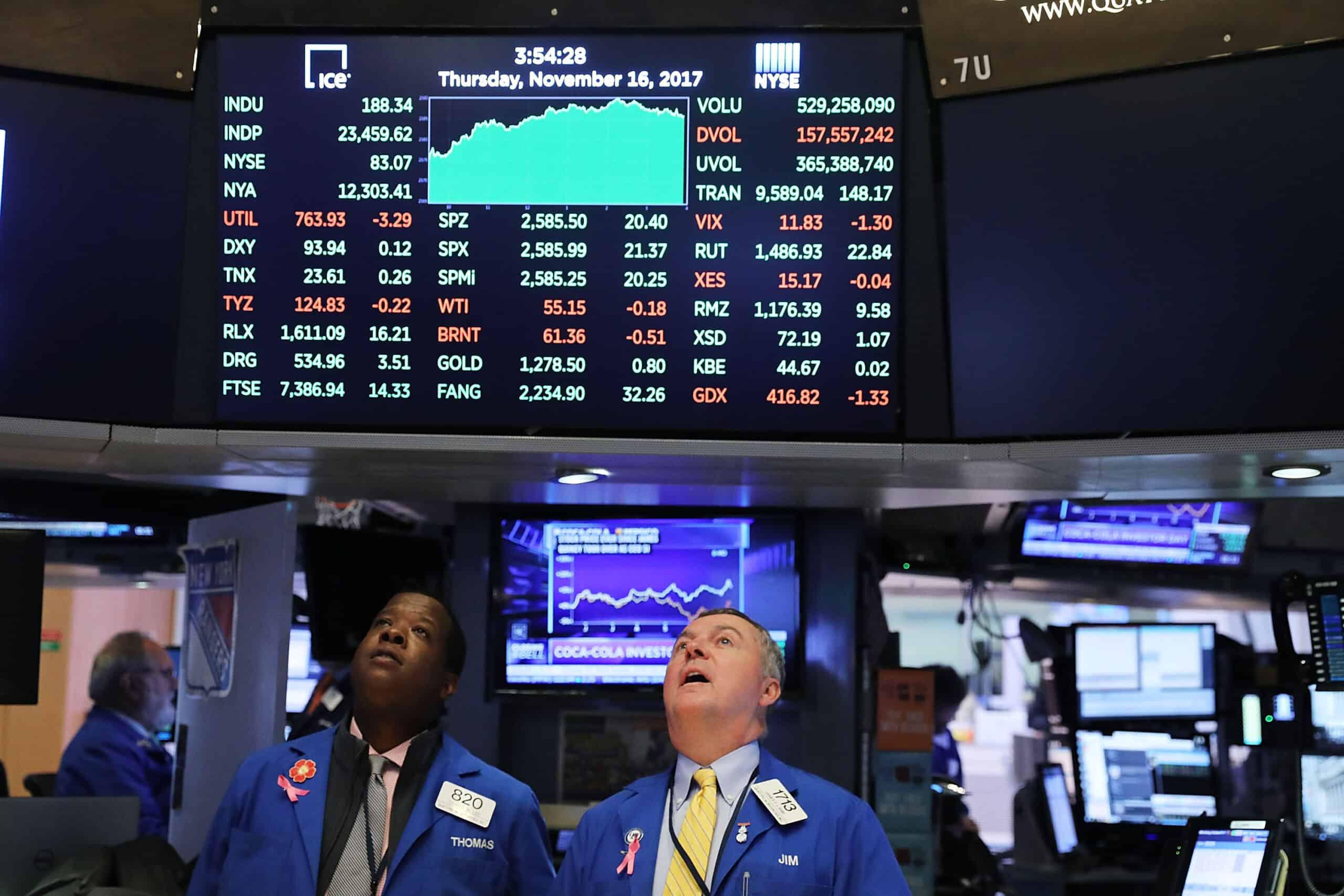America vs China: Is the US Really More Powerful?
As global superpowers, the United States and China are home to two of the most formidable military forces on the planet, each with its own distinct strategic advantages. The US military, with its unrivaled global reach and technological superiority, stands as a pillar of Western military doctrine, while China’s rapidly expanding capabilities reflect its growing […] The post America vs China: Is the US Really More Powerful? appeared first on 24/7 Wall St..

As global superpowers, the United States and China are home to two of the most formidable military forces on the planet, each with its own distinct strategic advantages. The US military, with its unrivaled global reach and technological superiority, stands as a pillar of Western military doctrine, while China’s rapidly expanding capabilities reflect its growing ambitions on the world stage. The question is how these countries will match up if a conflict pops off. Here, 24/7 Wall St. is taking a closer look at how these countries match up across multiple sectors ranging from military prowess to economic strength.
To compare the US and China, 24/7 Wall St. reviewed the 2025 Military Strength Ranking from Global Firepower, an annually updated defense-related statistics website with information on 145 countries. Global Firepower ranked 145 countries based on their PowerIndex, a composite of over 60 measures in categories such as military might, financials, logistical capability, and geography. The smaller the PowerIndex value the more powerful a nation’s theoretical conventional fighting capability is. We included multiple factors in the comparison across different fields ranging from economics, land power, air power, and naval power, as well as a few others to give a full picture to how these countries measure up.
Here is a look at how the US and China compare on these fronts:
Why Are We Covering This?
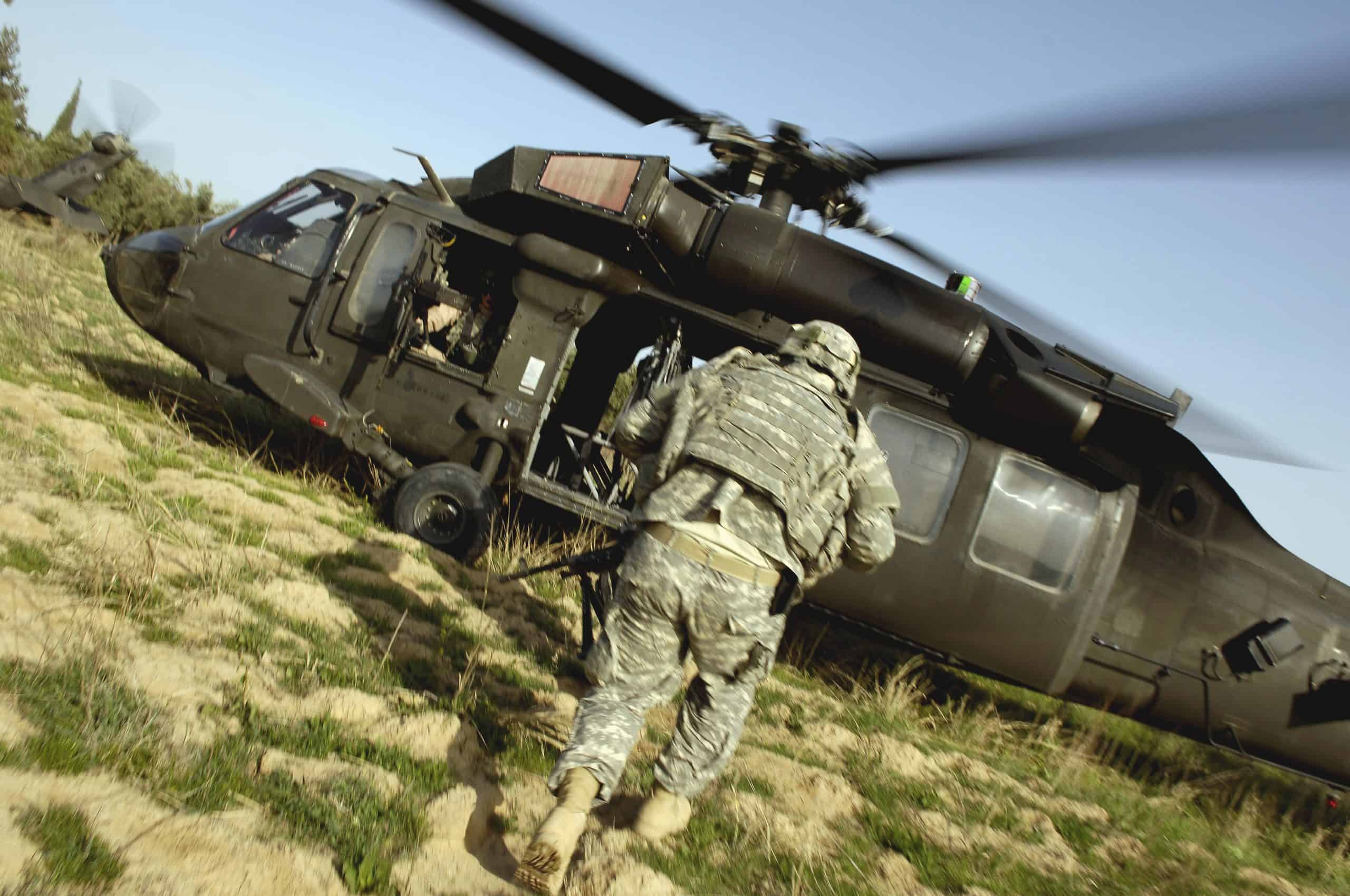
In this rapidly evolving world, the comparison of military power between countries serves as a measure of global stability. This analysis is important not just for understanding each nation’s defense capabilities but also should an offensive conflict arise. While superpowers like the United States, China, and Russia dominate headlines with their military resources, other nations also play important roles in regional security dynamics and geopolitical relations. This analysis seeks to understand these countries from a base level of assets, resources, manpower, and economics.
United States Military Strength

- Strength score: 0.0744
- Global strength rank: #1 out of 145
China Military Strength
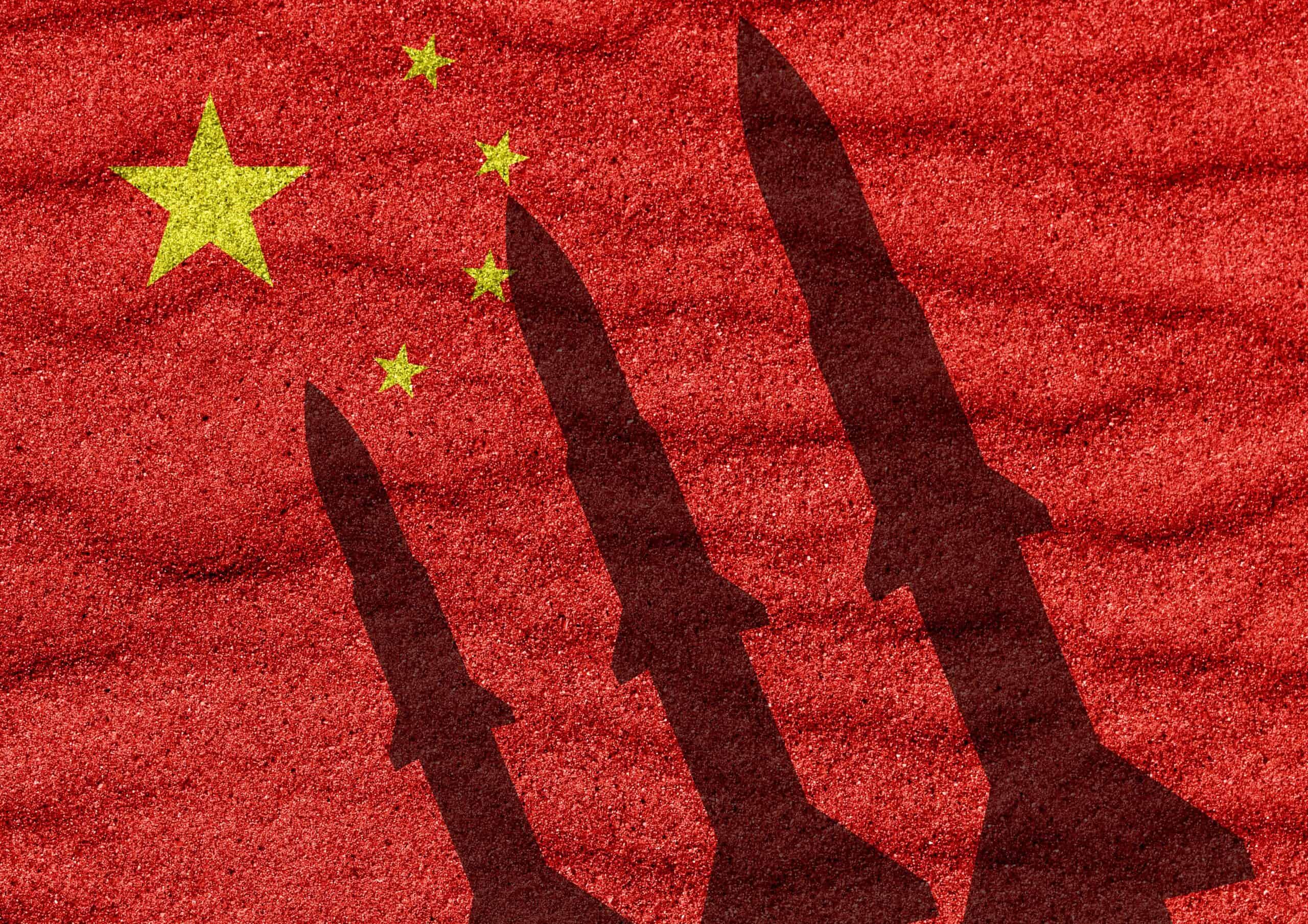
- Strength score: 0.0788
- Global strength rank: #3 out of 145
United States Financials

- Purchasing power parity: $24,662,000,000,000
- Foreign exchange reserves and gold: $773,426,000,000
- Defense budget: $895,000,000,000 – #1 out of 145
- External debt: 22,303,546,100,000
China Financials

- Purchasing power parity: $31,227,000,000,000
- Foreign exchange reserves and gold: $3,450,000,000,000
- Defense budget: $266,850,000,000 – #2 out of 145
- External debt: 1,218,458,500,000
United States Population

- Total population: 341,963,408
- Population reaching military age: 4,445,524
- Population fit-for-service: 124,816,644
China Population

- Total population: 1,415,043,270
- Population reaching military age: 19,810,606
- Population fit-for-service: 626,864,169
United States Manpower

- Active personnel: 1,328,000
- Air Force personnel: 701,319
- Army personnel: 1,403,200
- Navy personnel: 667,108
- Reserve personnel: 799,500
- Paramilitary forces: 0
- Total military personnel: 2,127,500
China Manpower

- Active personnel: 2,035,000
- Air Force personnel: 400,000
- Army personnel: 2,545,000
- Navy personnel: 380,000
- Reserve personnel: 510,000
- Paramilitary forces: 625,000
- Total military personnel: 3,170,000
United States Air Power

- Total aircraft: 13,043
- Fighter aircraft: 1,790
- Attack aircraft: 889
- Transport aircraft: 918
- Special-mission aircraft: 647
- Tanker aircraft: 605
- Trainer aircraft: 2,647
- Helicopters: 5,843
- Attack helicopters: 1,002
China Air Power
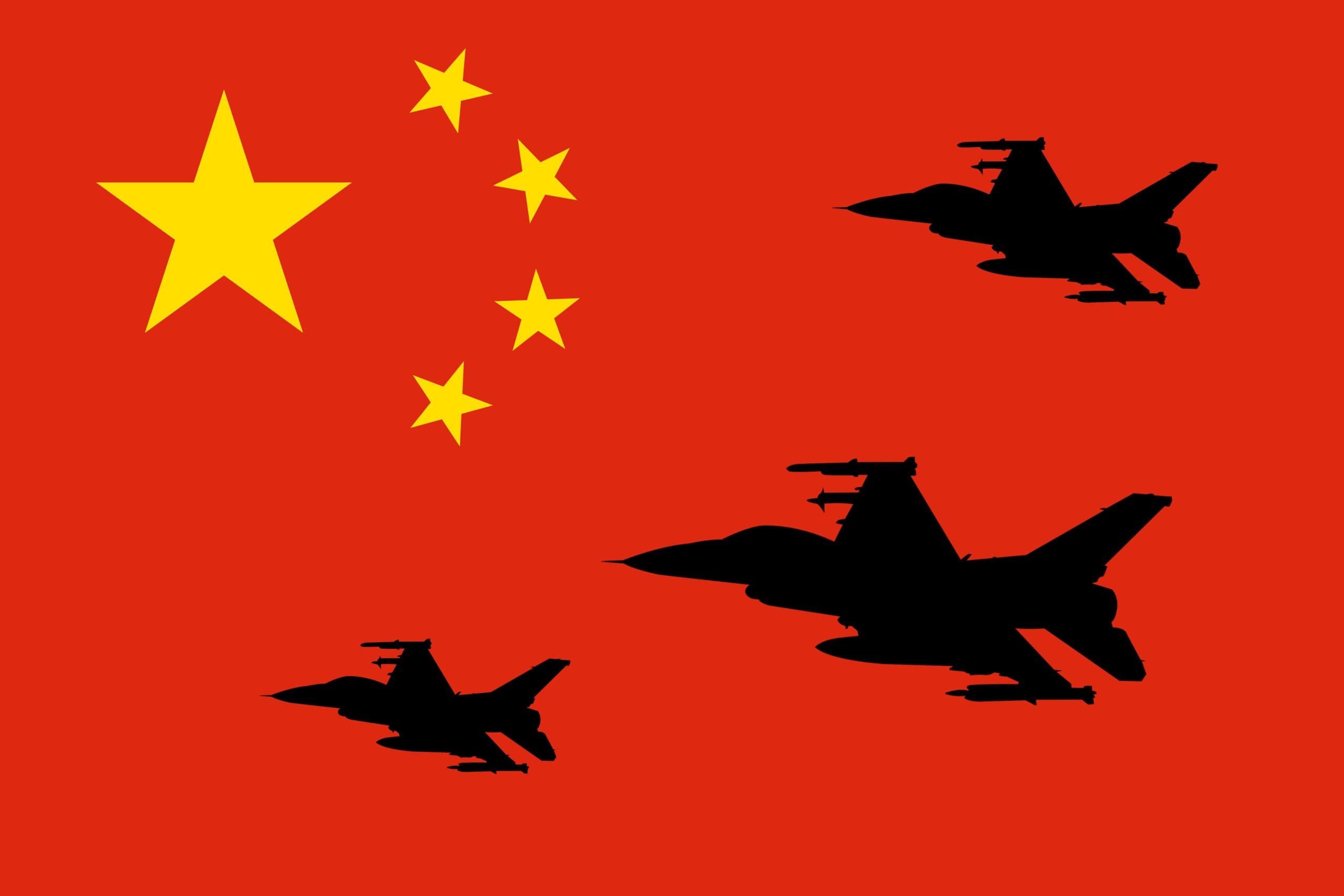
- Total aircraft: 3,309
- Fighter aircraft: 1,212
- Attack aircraft: 371
- Transport aircraft: 289
- Special-mission aircraft: 112
- Tanker aircraft: 10
- Trainer aircraft: 402
- Helicopters: 913
- Attack helicopters: 281
United States Land Forces
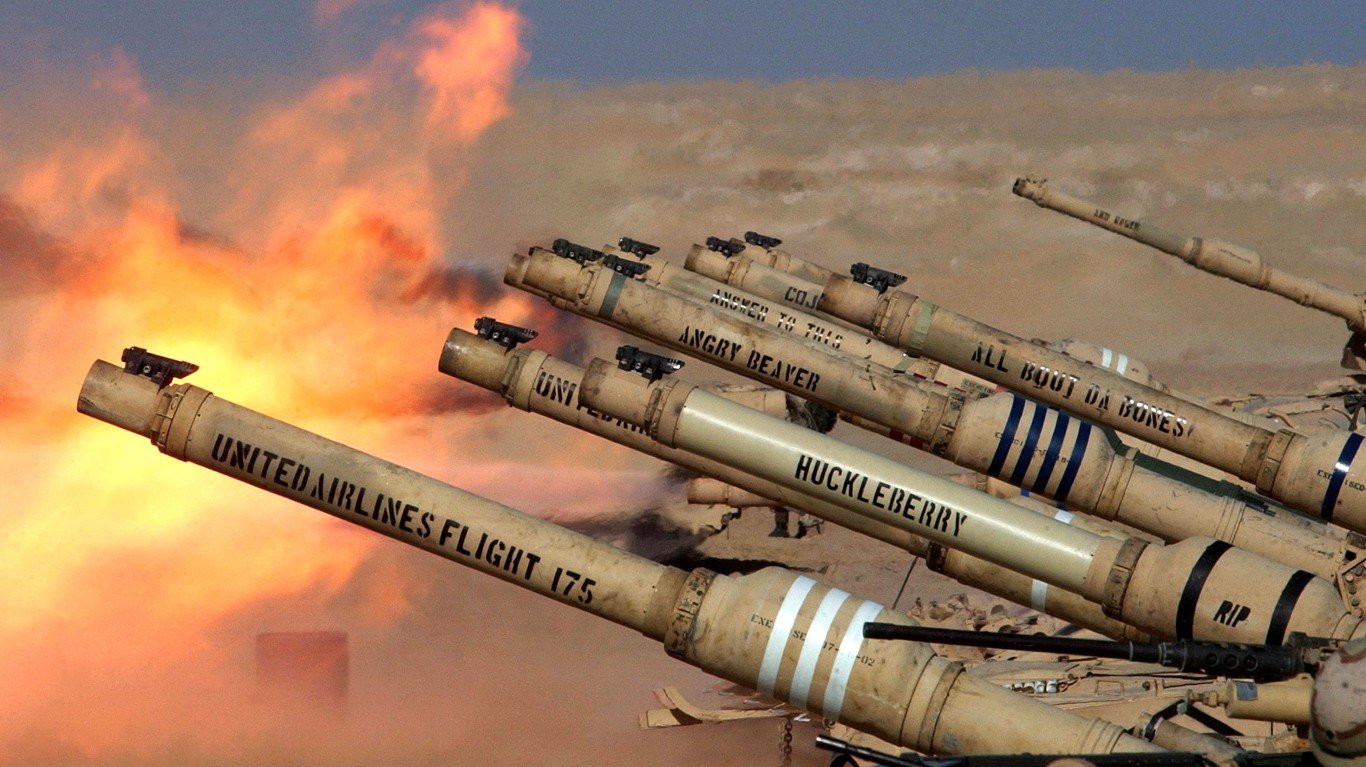
- Total military vehicles: 391,963
- Tanks: 4,640
- Multiple Launch Rocket Systems (MLRS): 641
- Self-propelled artillery: 671
- Towed artillery: 1,212
- Total artillery: 1,883
China Land Forces
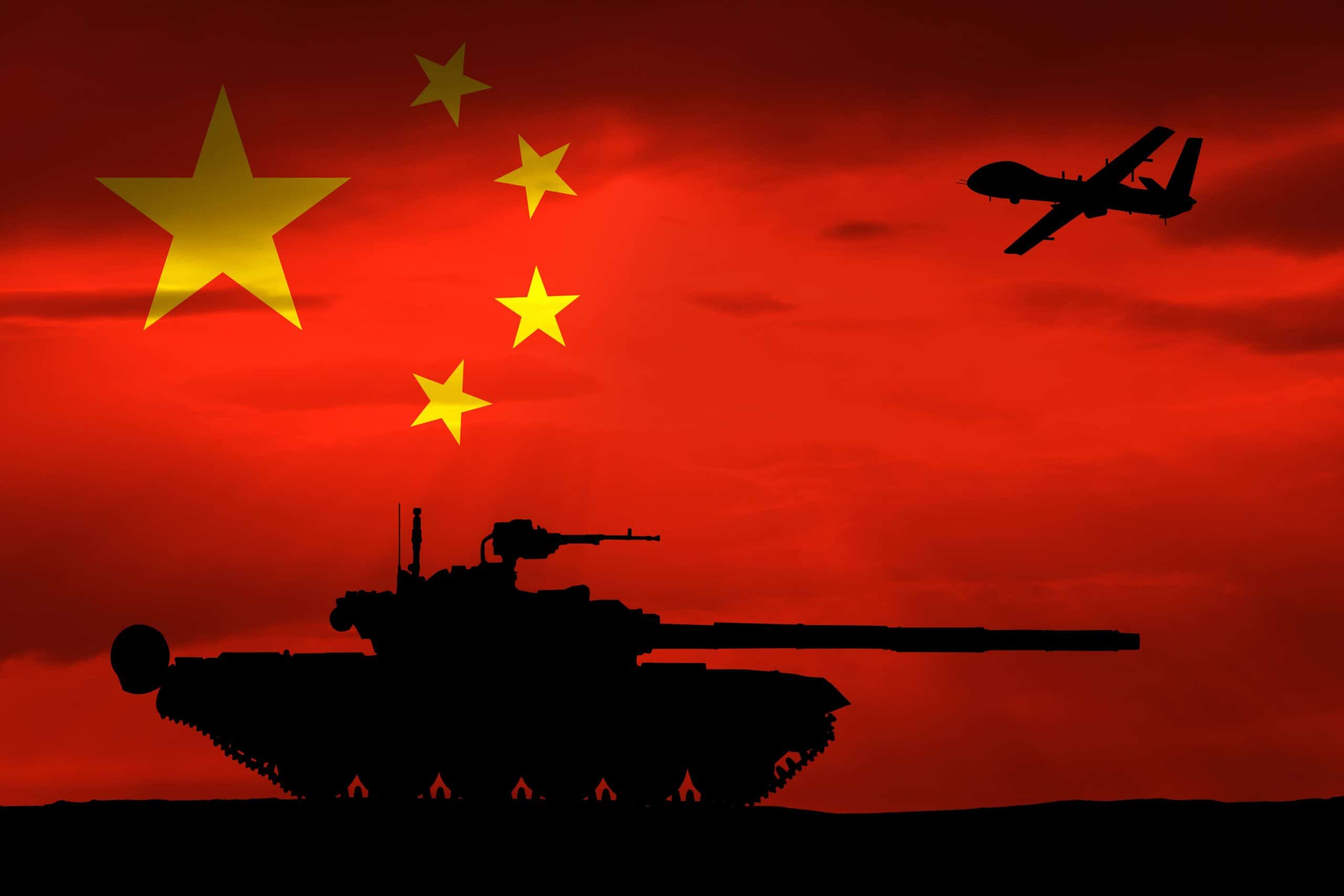
- Total military vehicles: 144,017
- Tanks: 6,800
- Multiple Launch Rocket Systems (MLRS): 2,750
- Self-propelled artillery: 3,490
- Towed artillery: 1,000
- Total artillery: 4,490
United States Naval Forces
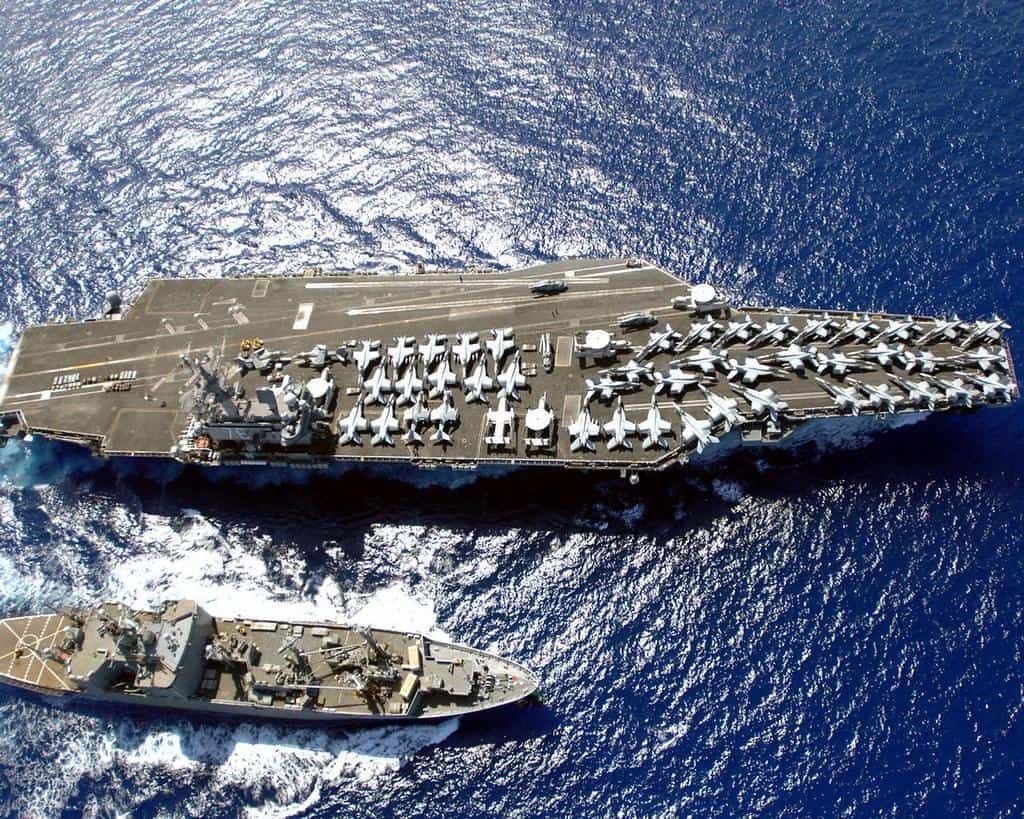
- Total naval assets: 440
- Total naval tonnage: 4,168,037
- Aircraft carriers: 11
- Helicopter carriers: 9
- Destroyers: 81
- Frigates: 0
- Corvettes: 26
- Submarines: 70
- Off-shore patrol vessels: 0
- Mine warfare vessels: 8
China Naval Forces

- Total naval assets: 754
- Total naval tonnage: 2,857,143
- Aircraft carriers: 3
- Helicopter carriers: 4
- Destroyers: 50
- Frigates: 47
- Corvettes: 72
- Submarines: 61
- Off-shore patrol vessels: 150
- Mine warfare vessels: 36
United States Natural Resources
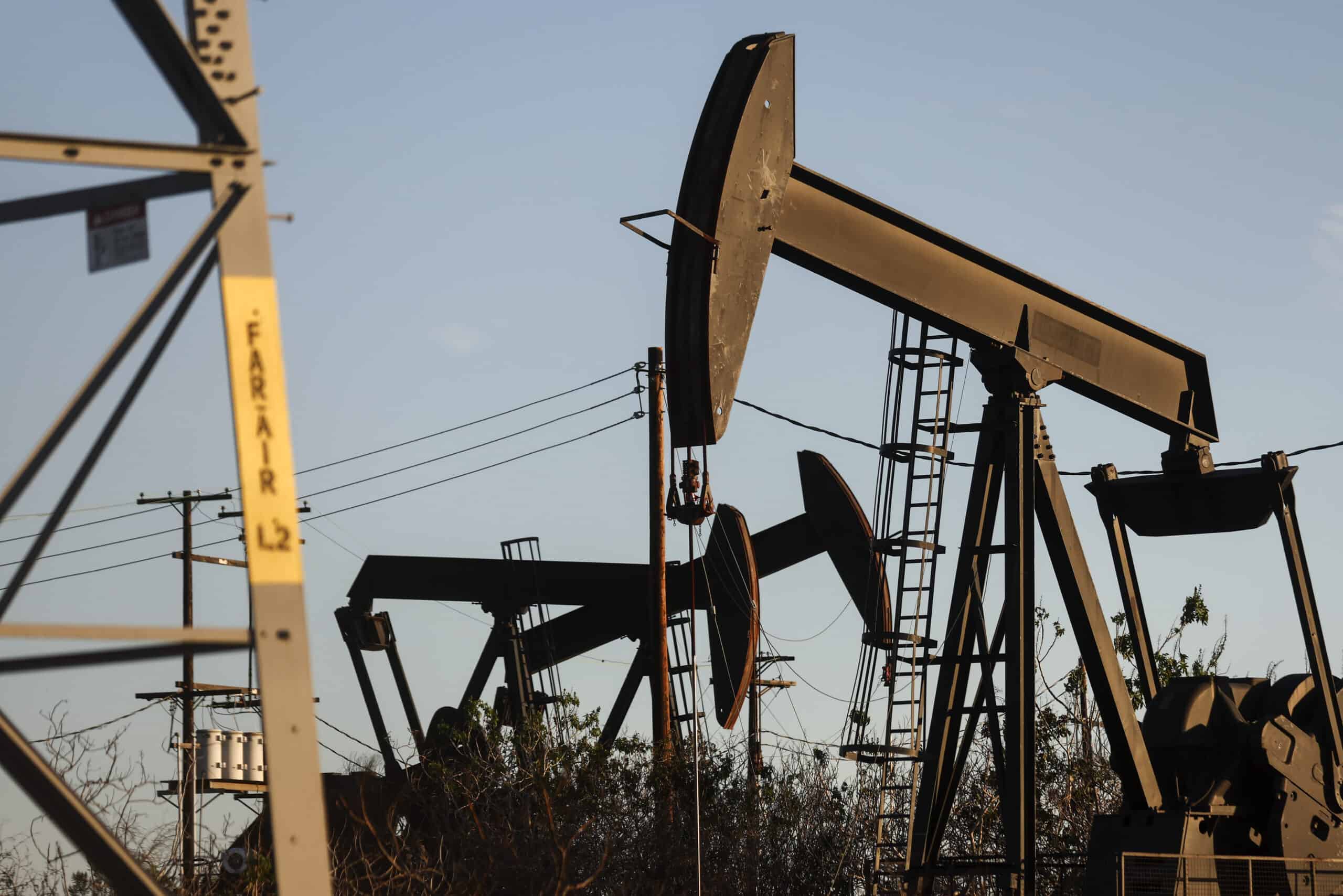
- Oil production: 20,879,000 BBL / day
- Oil proven reserves: 38,212,000,000 BBL / day
- Natural gas production: 1,029,000,000,000 cubic meters
- Natural gas proven reserves: 13,402,000,000,000 cubic meters
- Coal production: 548,849,000 metric tons
- Coal proven reserves: 248,941,000,000 metric tons
China Natural Resources
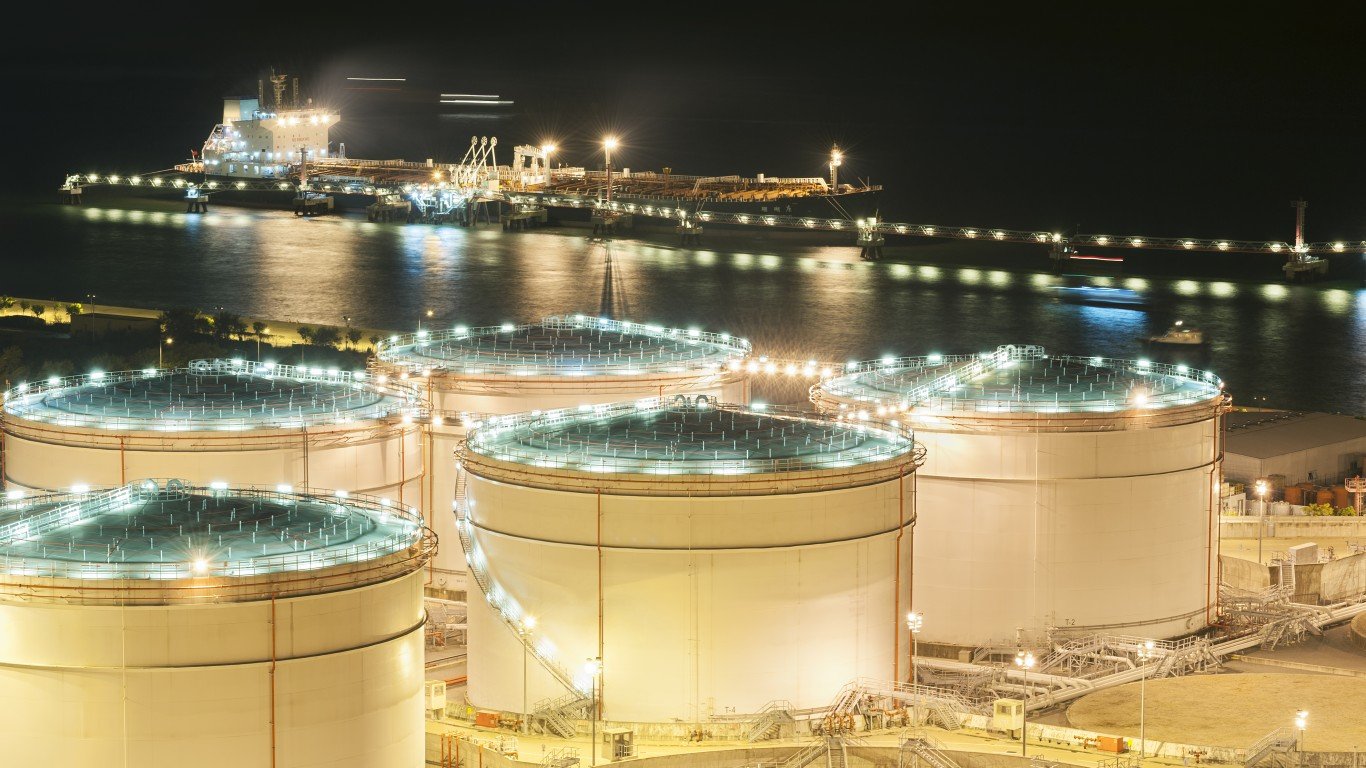
- Oil production: 4,984,000 BBL / day
- Oil proven reserves: 26,023,000,000 BBL / day
- Natural gas production: 225,341,000,000 cubic meters
- Natural gas proven reserves: 6,654,000,000,000 cubic meters
- Coal production: 4,827,000,000 metric tons
- Coal proven reserves: 143,197,000,000 metric tons
United States Logistics

- Labor force: 170,549,000
- Merchant Marine fleet: 3,533
- Ports: 666
- Airports: 15,873
- Roadway coverage: 6,586,610 km
- Railway coverage: 293,564 km
- Waterway coverage: 41,009 km
China Logistics

- Labor force: 779,246,000
- Merchant Marine fleet: 8,314
- Ports: 66
- Airports: 531
- Roadway coverage: 5,200,000 km
- Railway coverage: 150,000 km
- Waterway coverage: 27,700 km
The post America vs China: Is the US Really More Powerful? appeared first on 24/7 Wall St..


